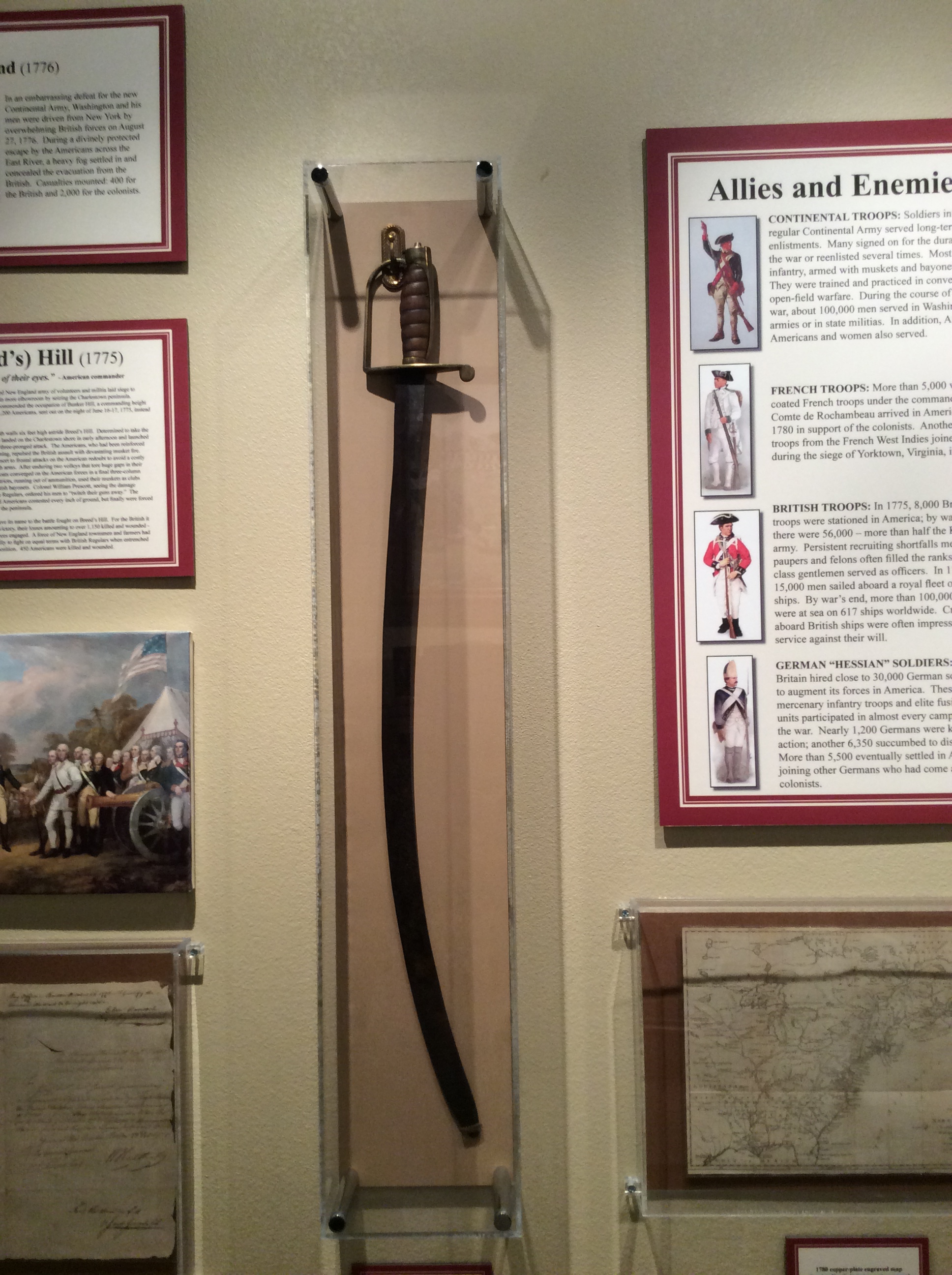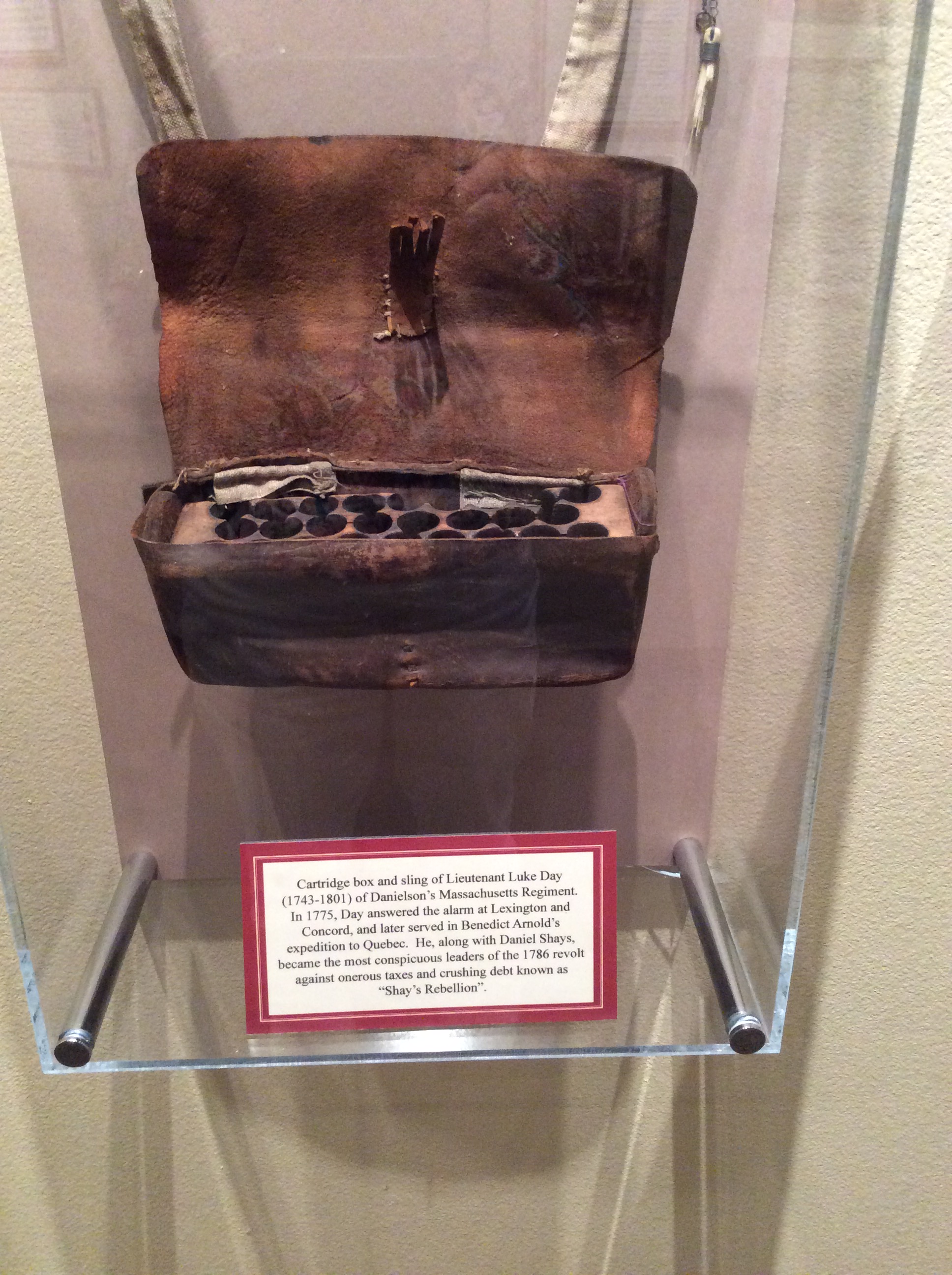Independence Day: A Brief History
From the desk of Jan Hommel, American Freedom Museum Director:
The story of the American Revolution is the center of what makes America unique in comparison to the history of all the other nations. The principles that led to our nation’s founding continue to influence our society today as we frequently turn to our Founding Fathers and our founding documents seeking guidance and inspiration.
Students from all over East Texas toured the American Freedom Museum this past school year to learn about America’s War for Independence (1775 – 1783) and the causes of the Revolutionary War. They learned that the American people were strongly independent and they wanted to do things for themselves. Great Britain was a long way away and the American people didn’t want people an ocean away telling them how to live their lives. The British government decided that they were going to make the American colonies pay a large share of the war debt from the French and Indian War. Through the Sugar Act, Stamp Act, and other taxes, the British tried to collect taxes that the American people considered harsh and excessive. The American people also thought that they should be able to send some of their own people to Britain’s Parliament or at least be able to vote for Britain’s lawmakers. The combination of the imposed taxes and the lack of an American voice in Parliament gave rise to the famous phrase “taxation without representation.” Patrick Henry, Thomas Paine, and many others called for an independent America, colonies that would be free from British rule and interference. Americans started stockpiling guns and ammunition in violation of British laws. Their defense of such a stockpile led to the shots fired at Lexington and Concord and the beginning of the Revolutionary War.
In our Revolutionary War gallery, we take you back to that pivotal time period with extraordinary artifacts from America’s War for Independence:
- A British Brown Bess Flintlock Musket that was present at the Boston Massacre
- The London Chronicle from June 23, 1770 with observations of the Boston Massacre from the British perspective
- A Cartridge box and sling of Lieutenant Luke Day of Danielson’s Massachusetts Regiment. In 1775, Day answered the alarm at Lexington and Concord, and later served in Benedict Arnold’s expedition to Quebec. He, along with Daniel Shays, became the most conspicuous leaders of the 1786 revolt against onerous taxes and crushing debt known as “Shay’s Rebellion.”
- A Committee of Safety musket belonging to John Cheever of Dedham, Massachusetts and used at the battle of Lexington on April 19, 1775.
- An American Cavalry Officer’s Sword
- A Grasshopper Canon Carriage used at the Battle of Trenton in 1776
- An American Infantry Officer’s Sword
- Powder Horn, Flints, Musket Balls, Haversack, Knife Horn Cup and Knife and Fork
- A pair of dice from the Stamp Act of 1765.
- A canon ball and powder keg recovered at Fort Ticonderoga, New York
- A Continental soldier pay voucher and discharge from October 5, 1780, of Private Nathan Parker of the 1st Connecticut Regiment
A Brief History of The Declaration of Independence and July 4th
On June 11, 1776 the Continental Congress appointed five leaders, called the Committee of Five, to write a document explaining why they were declaring their independence. The five members were Benjamin Franklin, John Adams, Robert Livingston, Roger Sherman, and Thomas Jefferson. The members decided that Thomas Jefferson should write the first draft. Thomas Jefferson wrote the first draft over the next few weeks and after some changes made by the rest of the committee, they presented it to Congress on June 28, 1776. Not everyone agreed at first on declaring independence. Some wanted to wait until the colonies had secured stronger alliances with foreign countries. In the first round of voting South Carolina and Pennsylvania voted “no” while New York and Delaware chose not to vote. The Congress wanted the vote to be unanimous, so they continued to discuss the issues. The next day, July 2nd, South Carolina and Pennsylvania reversed their votes and Delaware decided to vote “yes” as well. This meant that the agreement to declare independence passed with 12 yes votes and 1 abstention by New York.
The Continental Congress declared independence on July 2, 1776. On July 4, 1776 the Congress officially adopted the final version of the Declaration of Independence and this day is still celebrated in the United States as Independence Day. The Declaration of Independence was actually signed on August 2, 1776
This powerful document declared that all men are “created equal, that they are endowed by their creator with certain unalienable Rights, and that among these are life, liberty and the pursuit of happiness.” With these powerful and moving words, our forefathers formed a brand new nation with a vision of freedom and democracy that would forever change history.
For centuries Americans celebrated this event on their own, but in 1941, Congress established the Fourth of July, or Independence Day, as a national holiday. Today, it is a time when families and friends gather in their back yard, church, or at the lake for picnics. There are firework displays at night, and we attend community and neighborhood parades, baseball games, concerts, and military events as we celebrate our nation’s history and the freedoms we enjoy because of those who have gone before us.
I hope however you are celebrating this 4th of July that it is a memorable day spent with family and friends. I encourage you to reflect for a moment on the meaning of the celebration, remembering that 240 years ago this Monday, a pivotal moment in our history took place. The Declaration of Independence set into motion the birth of our great nation, and it is a nation filled with countless freedoms and opportunities unequaled to anywhere else in the world.
Please join us this weekend to celebrate America’s birthday! The American Freedom Museum will be open from 10:00 a.m. to 3:00 p.m. on Saturday, July 2nd and Monday, July 4th. Come celebrate the 4th with some great stories! On Monday, July 4th, from 10:00 a.m. – 11:00 a.m. and again from 1:00 p.m. to 2:00 p.m. our storyteller, Robin Bynum, will share stories you wish you knew about your beloved country. Adults and children welcome!!





